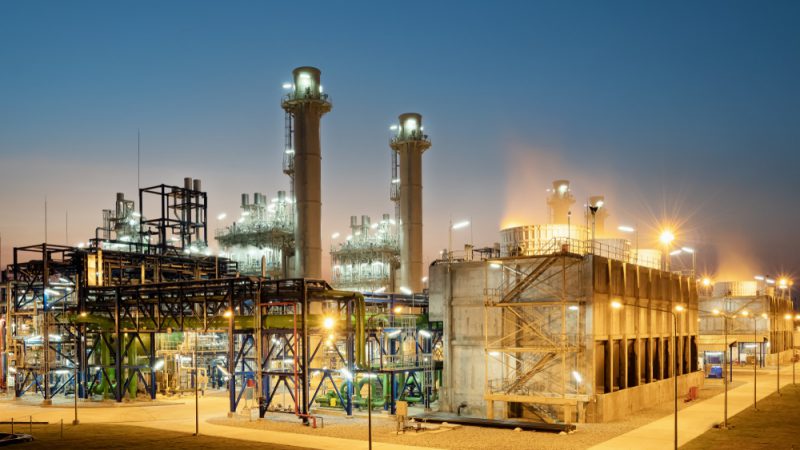Natural gas need not disappear in electrification scenario, studies find

SCOTTSDALE, Ariz. – While details of studies conducted by the Electric Power Research Institute (EPRI) and the American Gas Association (AGA) on electrification differed, neither found that natural gas would be eliminated completely in an increased electrification scenario, panelists at a utility regulation event said Monday.
The panel at the National Association of Regulatory Utility Commissioners (NARUC) Summer Policy Summit included representatives from EPRI and AGA as well as the Alliance for Transportation Electrification and Connecticut’s Office of Consumer Counsel.
Tom Wilson, principal technical executive at EPRI, discussed the U.S. National Electrification Assessment that EPRI recently conducted, which examined customer adoption of electric end-use technologies over the next three decades, along with key implications for efficiency, the environment, and the grid.
The study looked at four scenarios involving varying degrees of electrification, and found that, across all scenarios, total final energy consumption decreased, electric load saw steady growth, carbon dioxide emissions were reduced and natural gas use increased.
The natural gas growth comes from direct use in industry and use for electric generation. Gas could also play a backup role for devices like electric heat pumps. Natural gas use for building heat remained relatively flat.
“So, you can see both in our reference scenario and in our transformation scenario is a large role for gas either as a primary source — and this is primarily in colder climates where it is very, very economic still in these scenarios — or as a backup source,” Wilson said.
AGA Vice President of Energy Analysis & Standards Chris McGill discussed large communities in the United States that want to eliminate the use of natural gas and other fossil fuels, before diving into a recent AGA study titled “Implications of Policy-Driven Residential Electrification.”
The study looked at the potential costs of mandated electrification policy that prevents the sale of new furnaces and water heaters fueled by natural gas, fuel oil and propane in 2023.
The study found that such a scenario would reduce greenhouse gas emissions by 1 to 1.5 percent by 2035 at a cost of between $572 and $806 per metric ton of CO2 reduced. This cost is higher than alternative approaches to decarbonization, McGill said.
“When I hear discussions about electrification — that it’s going to happen very quickly or can happen very quickly and it’s not going to cost anybody anything — I believe that is preposterous,” McGill said.
The EPRI report found potential economic benefits in many applications. The main difference between the two reports, Wilson noted, was that the AGA study assumed that policy prohibited use of natural gas, while the EPRI study assumed consumer choice. He also said that EPRI forecasted more energy efficiency than a similar study conducted by the U.S. Energy Information Administration (EIA).
The panelists also agreed that impacts and opportunities vary widely across regions and states.
Connecticut Consumer Counsel and National Association of State Utility Consumer Advocates President Elin Katz noted that cooperation between the electric and natural gas sectors and establishing a shared vision for electrification are crucial for a smooth electrification transition.
“How do we get everyone into a room and come to a consensus on, really, what’s the goal, and how do we join to achieve that goal?” Katz said. “How do we get the electric sector and natural gas sector to even agree on what potential costs and benefits are?”
EPRI, Wilson noted, is currently working on further analysis of the costs and benefits of electrification investments on the consumer level.
